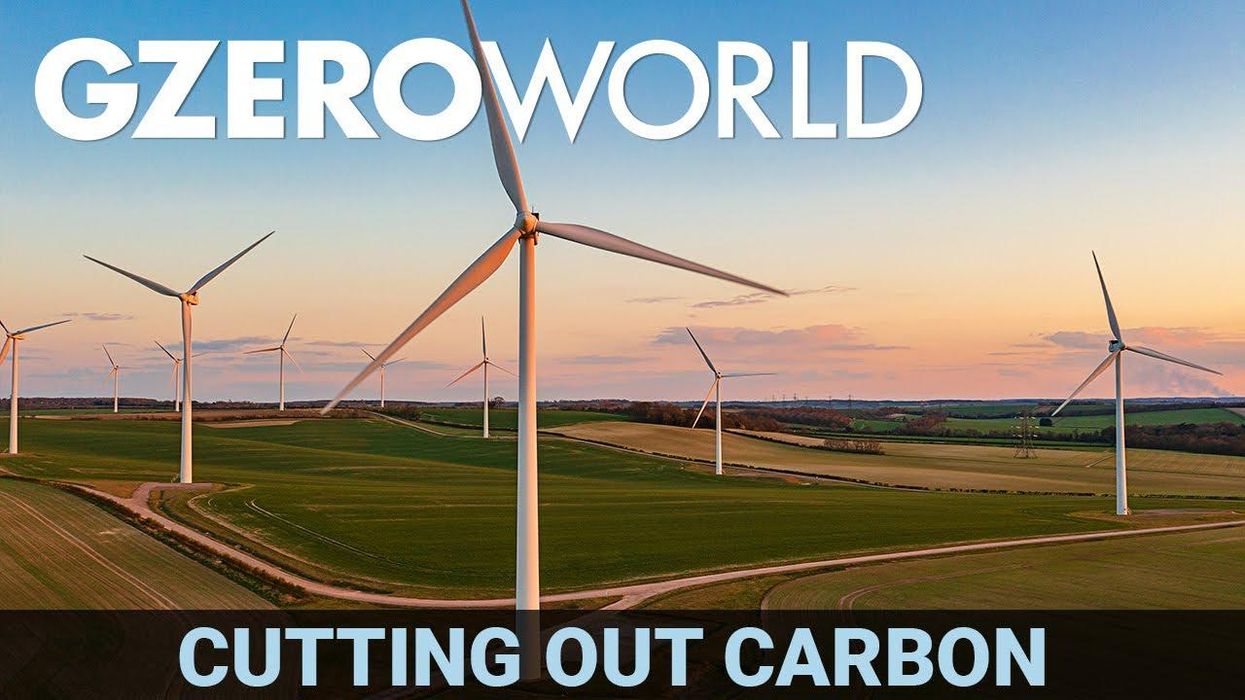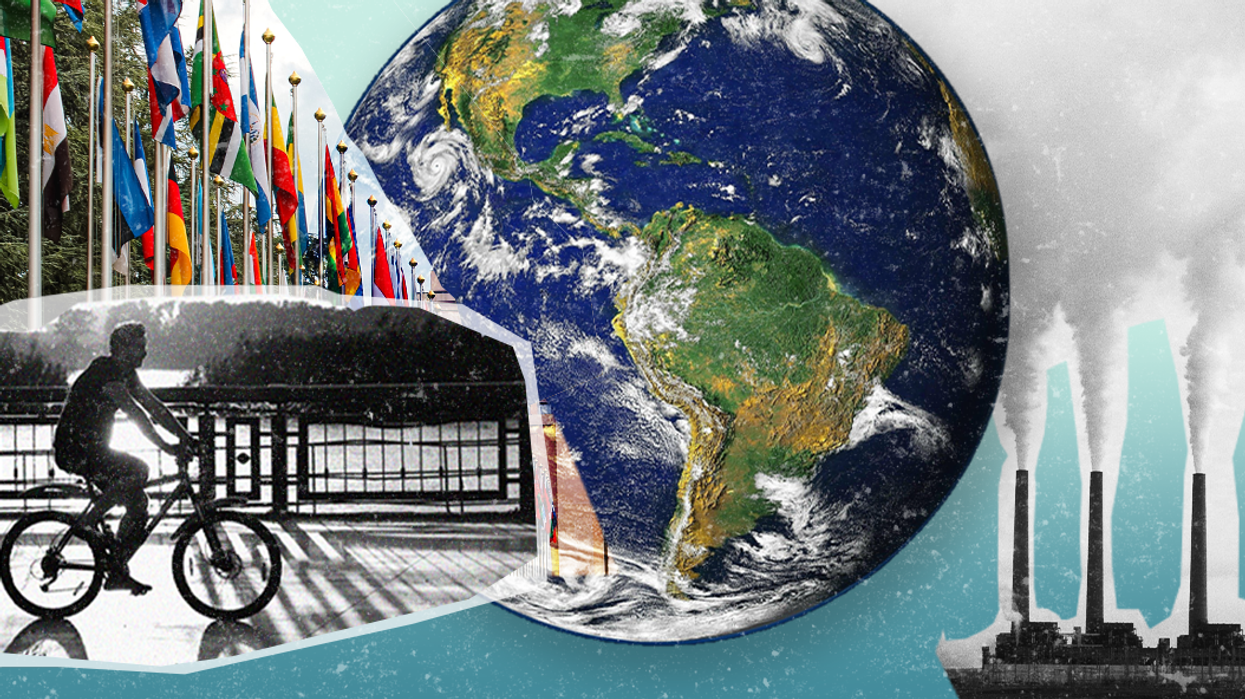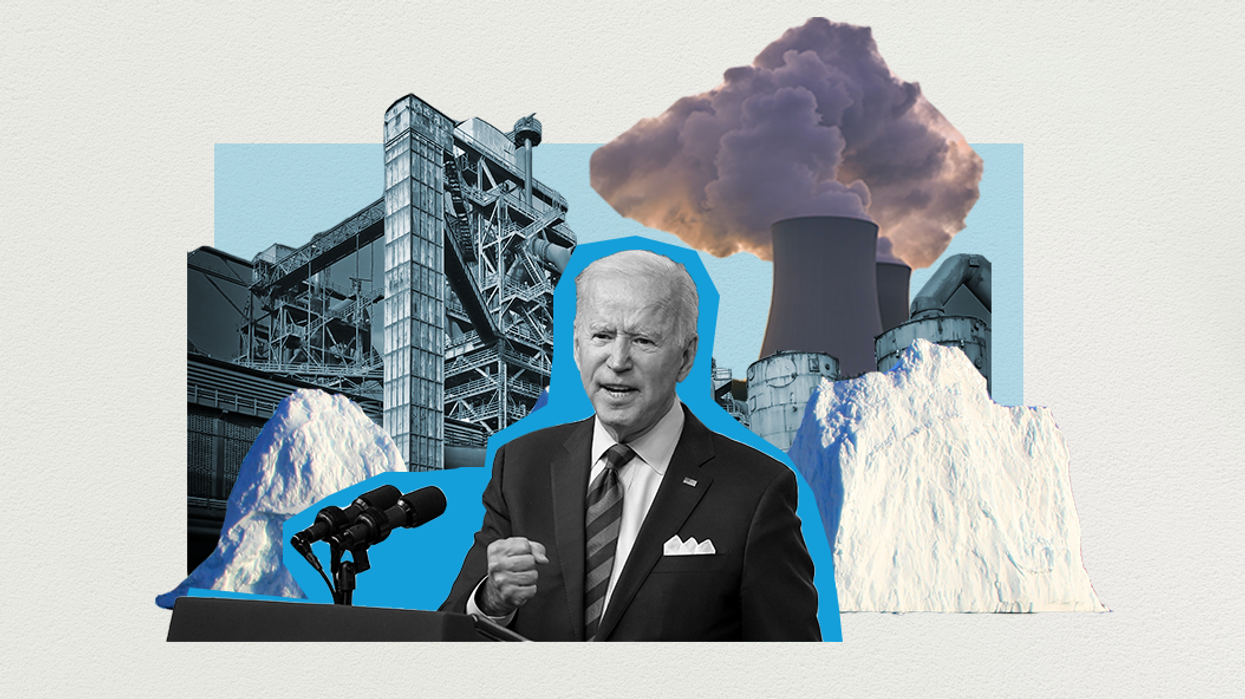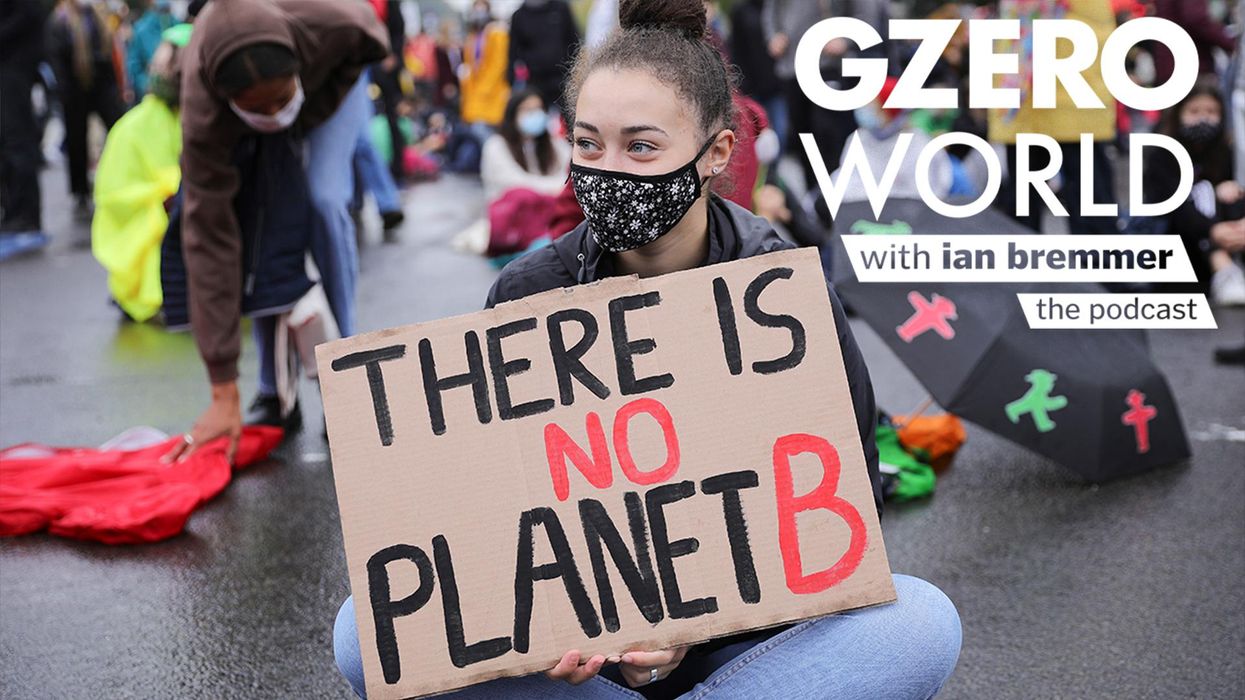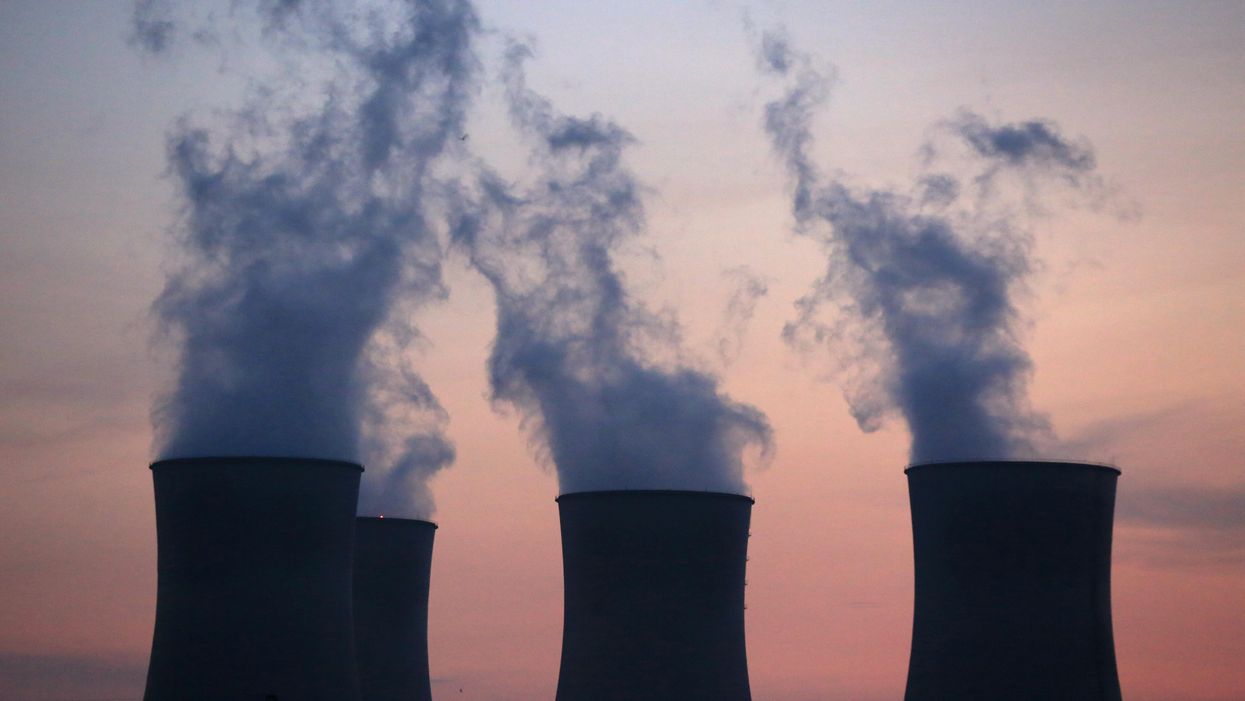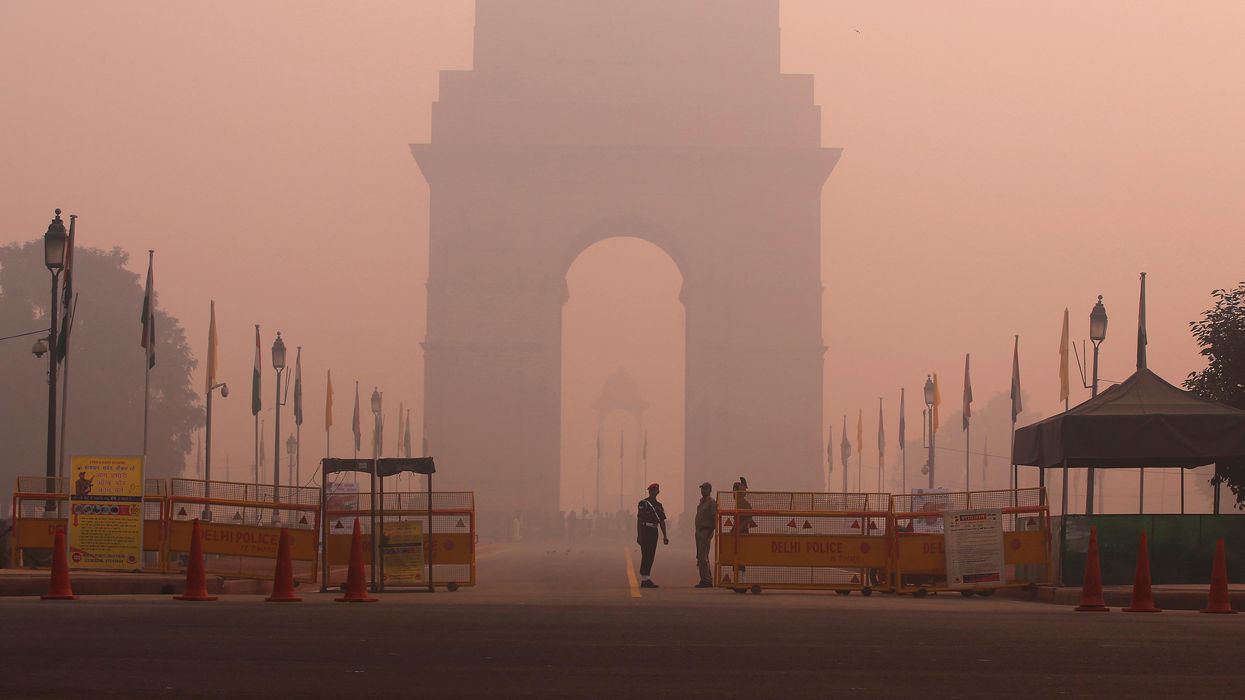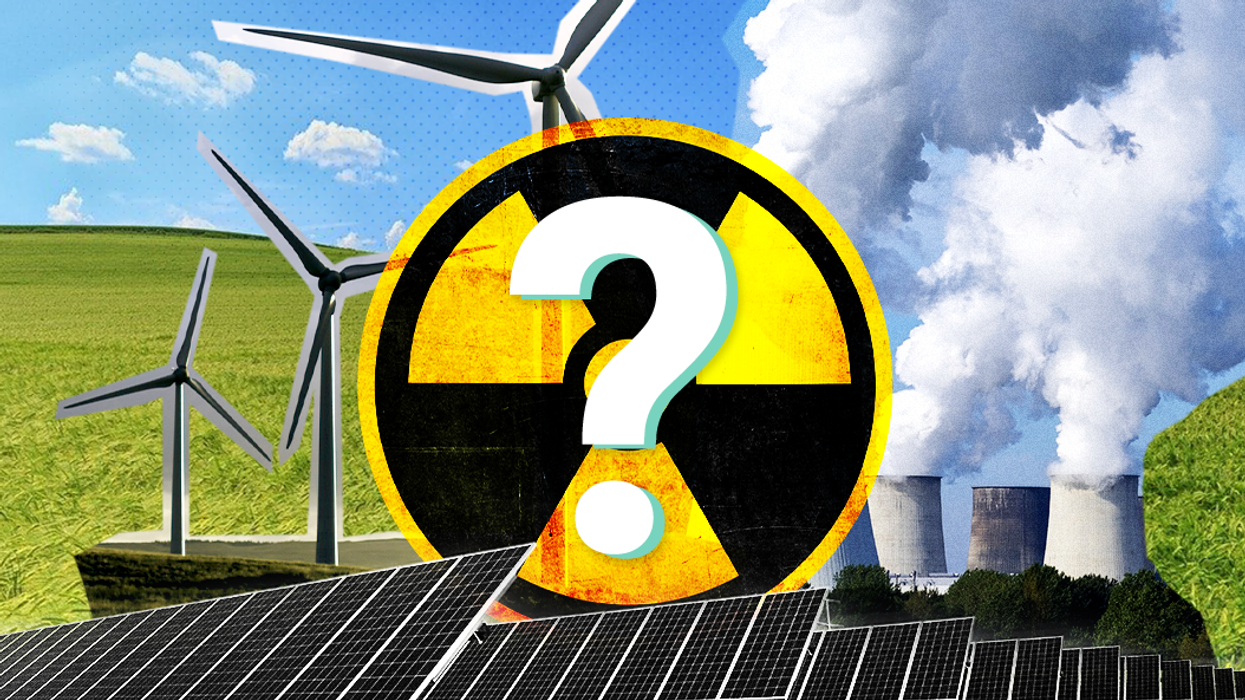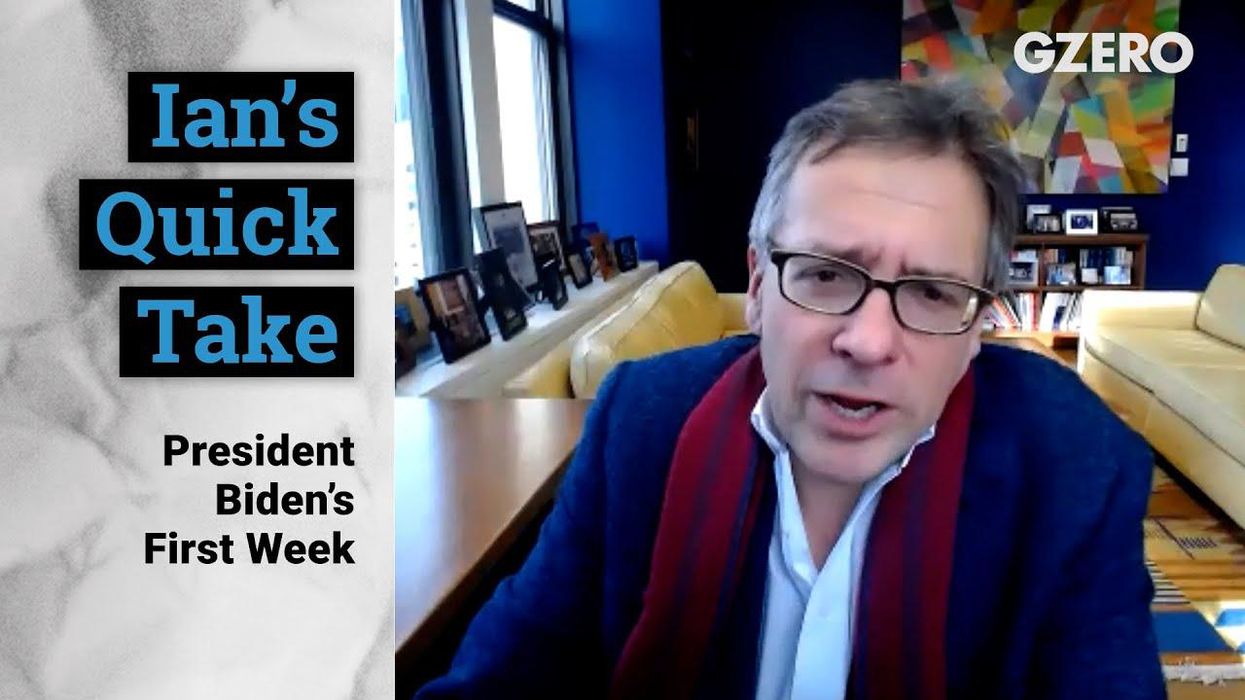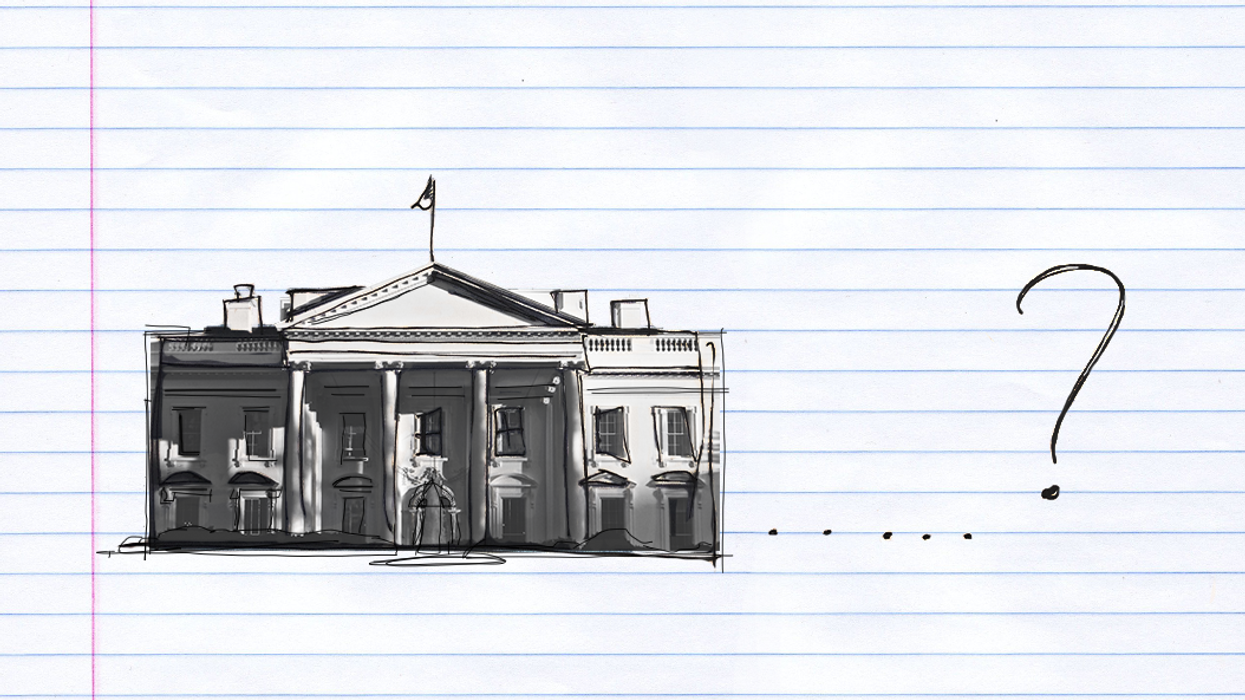popular
Nations don’t need carbon to grow their economies, says John Kerry
If John Kerry were only able to accomplish one thing as US climate change czar, he'd focus on changing the minds of the one-third of countries in the world that say they're "entitled" to pollute because they didn't before. For Kerry, it's a fallacy that heavy carbon use is the only way to develop an economy because these nations can leapfrog from fossil fuels to renewable energy.
Mar 04, 2022
